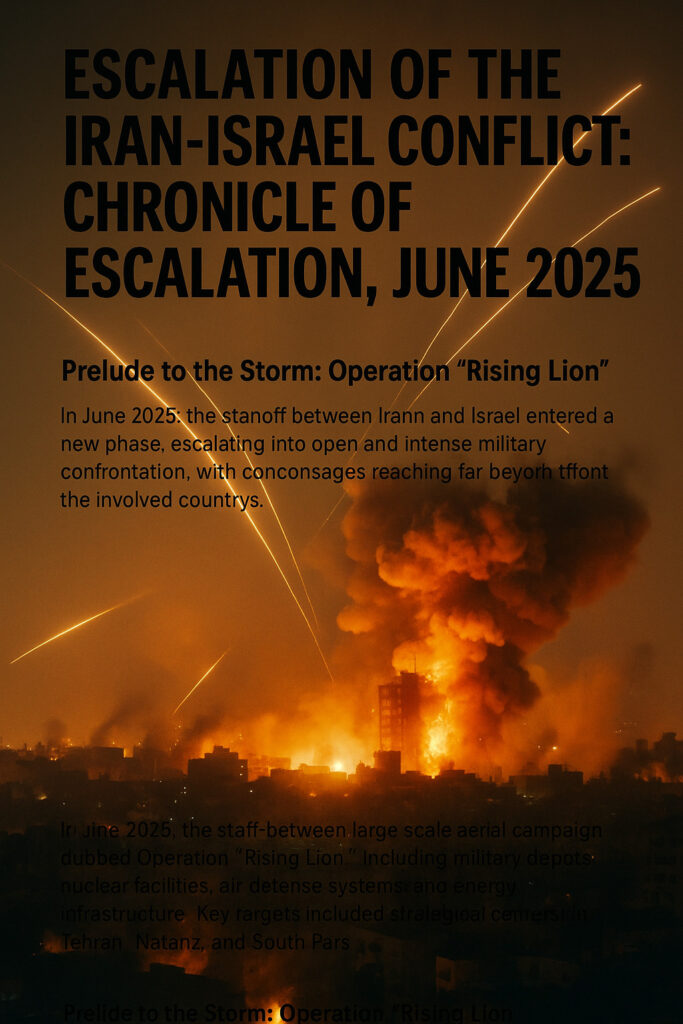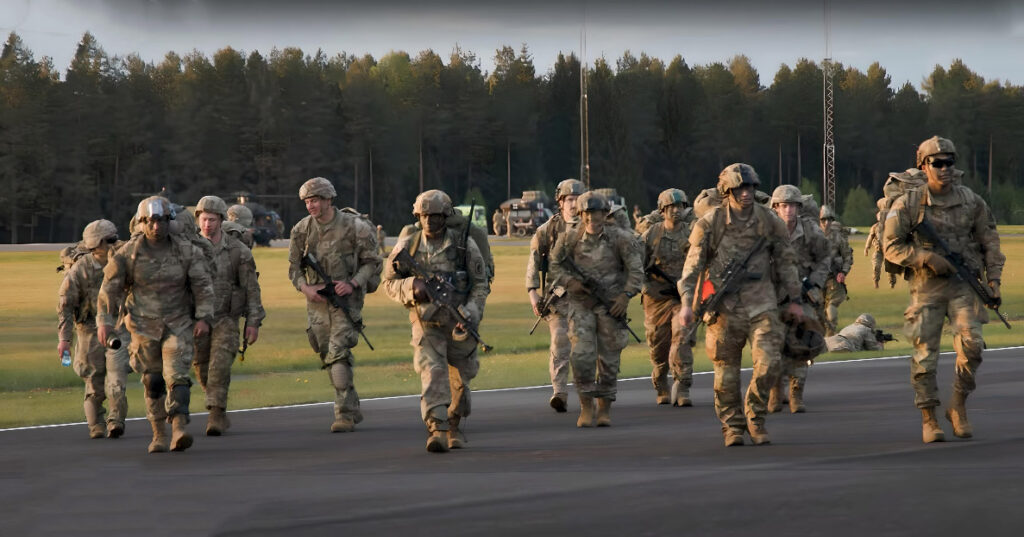In June 2025, the standoff between Iran and Israel entered a new phase, escalating into open and intense military confrontation. Within four days, the region became embroiled in a devastating exchange of strikes, with consequences reaching far beyond the involved countries — impacting the global economy and politics.
Prelude to the Storm: Operation “Rising Lion”
On June 13, Israel launched a large-scale aerial campaign dubbed Operation “Rising Lion.” Simultaneous strikes hit over a hundred targets across Iran, including military depots, nuclear facilities, air defense systems, and energy infrastructure. Key targets included strategic centers in Tehran, Natanz, and South Pars.
Israeli officials stated that the strikes were aimed at preventing an existential threat. According to the Israeli defense ministry, the operation was coordinated using aircraft, drones, and alleged sabotage teams operating inside Iran.
Iran suffered significant losses: dozens of military personnel were killed, including key commanders, along with six nuclear scientists. Civilians were also affected, with official reports citing more than 1,200 injured.
Eastern Retaliation: Strikes on Israeli Cities
In response, Iran launched a massive missile and drone attack on Israeli territory, striking targets in Tel Aviv, Haifa, and other cities. The attacks hit not only military bases but also civilian infrastructure — residential neighborhoods, schools, and essential services were destroyed. Civilians were killed, and dozens wounded.
The Islamic Revolutionary Guard Corps claimed the operation was a success, stating the targets were hit with high precision. Airspace across the region — from Israel to Iraq — was temporarily closed, affecting logistics and air traffic over a wide area.
Conflict Continues: No Step Back
On June 15 and 16, the mutual strikes persisted. Israel claimed control of the airspace over Tehran and conducted further attacks on air defense systems and oil infrastructure. Iran, in turn, targeted power plants, port facilities, and residential areas in Haifa.
Both military personnel and civilians continued to suffer casualties. In response to the situation, Tehran reshuffled its military leadership, signaling its readiness for a prolonged campaign. New high-ranking officers were appointed, including a new Chief of the General Staff.
Risks of Regional Spillover
The international community expressed deep concern over the potential for the conflict to expand beyond the two nations. Calls for restraint came from the leaders of major countries and international organizations. At the G7 summit in Canada, world leaders issued a statement condemning the military escalation and urging immediate dialogue.
Some countries offered to mediate, but tangible steps toward de-escalation remain limited to declarations. Tensions remain high, and the risk of broader international involvement continues to grow.
Economic Echo of War
Global markets reacted instantly. Oil prices surged by 5.5%, given the region’s critical role in hydrocarbon supply. Demand for gold increased, and stock markets experienced volatility. Fears of energy supply disruptions are prompting some countries to reconsider their strategic reserves.
Conclusion
By mid-June 2025, the Iran-Israel conflict had escalated to a level that is impossible to ignore on the global stage. As both sides continue their exchange of strikes, concerns grow that this localized clash could evolve into a major regional catastrophe. One crucial question remains unanswered: can diplomacy halt the chain reaction before it leads to a broader crisis?



